Unveiling the Prominent Watch Industry Families
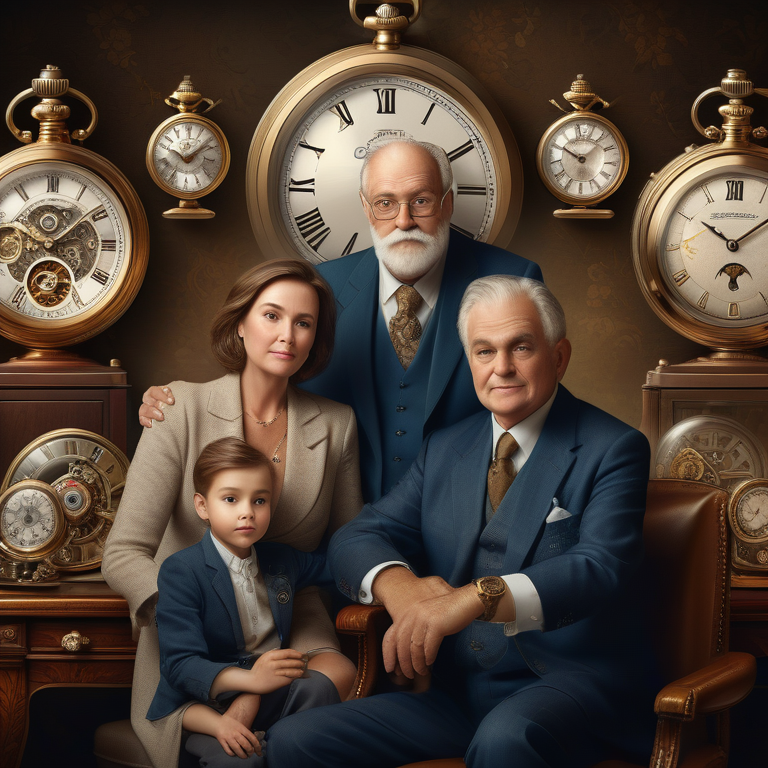
Key Highlights
- The watch industry thrives on legacies, with families playing a pivotal role in shaping its landscape.
- From the Sterns of Patek Philippe to the Audemars and Piguet families, these dynasties have made significant contributions to the world of horology.
- Their relentless pursuit of innovation, coupled with a deep respect for tradition, has resulted in some of the most iconic timepieces ever created.
- This blog post explores the stories behind these families and their impact on the watch industry.
- We’ll delve into their histories, their contributions to watchmaking, and their enduring legacies.
Introduction
The watch industry, especially luxury brands like Certina, is known for tradition, skill, and a strong desire for excellence. In this complex world, some Swiss watchmakers stand out. Their names are famous for their status and fine art. However, many of these well-known brands have interesting family stories. These families have shared their knowledge and love for watchmaking for many years. They have helped shape the watch industry into what it is today.
The Legacy of Watchmaking Families

Watchmaking is more than just a skill; it is a family tradition. This craft gets passed down through many generations. It contains the spirit and hard work of some famous names in the watch industry. Many of these families come from Switzerland, where watchmaking is an important art.
Since the beginning, these family-based watch companies have worked with a special mix of passion and detail during business time. They do not treat watchmaking as just a job. Instead, they see it as a family duty, a tradition to care for and share with future generations. You can see their hard work in the high quality and lasting beauty of their watches.
The Artisans Behind Timeless Creations
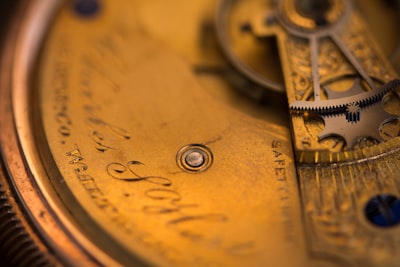
For many years, Swiss watchmaking has stood for precision, art, and great skill, with renowned brands like Zenith exemplifying this reputation. This strong reputation is tied to family businesses, where knowledge and skills are shared through many generations. From a young age, family members learn about watchmaking in the beautiful valleys of Switzerland. These families have devoted their lives to making beautiful timepieces.
Inside their workshops, skilled artisans carefully put together complex movements, akin to the craftsmanship seen at Ulysse Nardin and Longines. They hand-finish small parts and give each timepiece its own special character. These family-owned businesses, many active for hundreds of years, keep traditional watchmaking alive. They protect this art in its truest form. The legacy of these families is found not only in the detailed designs of their watches but also in the hearts of watch lovers around the world. Their commitment to quality has made Swiss watchmaking an admired art, known for its beauty and accuracy.
Generational Skills and Modern Innovation

These watchmaking families have deep roots in tradition. Still, they have shown a great skill in adapting and finding new ideas to launch their watch business. Many of them have grown their businesses beyond Switzerland. They have made a name for themselves around the world while staying true to their hand-crafted style. Some have even gone to different places, like the United States, to reach new markets and share their love for fine watches with more people.
This mix of new ideas and strong tradition has helped them succeed over time. The watch division of these family-run businesses often brings forth fresh thoughts. They blend old techniques with new technology. This ongoing drive for progress keeps their watches among the best, attracting both experienced collectors and younger fans of watchmaking.
The Stern Family – Pioneers of Patek Philippe
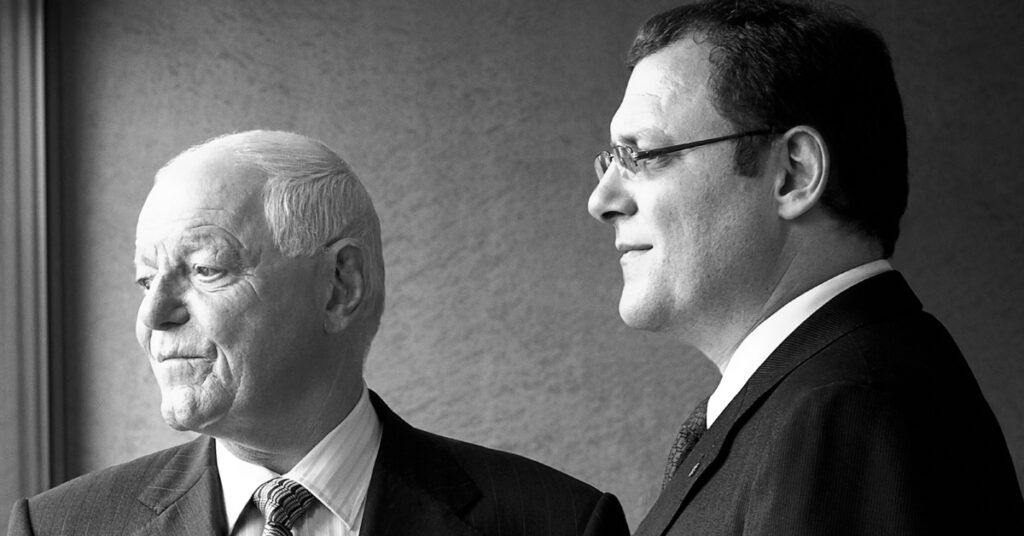
The name Patek Philippe is very well-known in the watch world. It stands for great craft and classic style. The Stern family is behind this famous brand. They have been part of Patek Philippe for nearly one hundred years. They played an important role in making it well-known. Their story shows strong dedication, a love for watchmaking, and a focus on keeping the brand’s history alive.
The Sterns started small but became keepers of one of the most respected names in watchmaking. Their journey is interesting, just like the detailed mechanisms inside a Patek Philippe timepiece. You can see their focus on quality, new ideas, and perfection in every watch made with the Patek Philippe name.
From Humble Beginnings to Luxury Icons
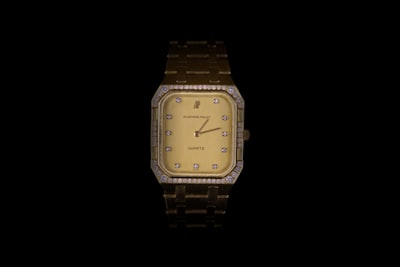
The Stern family’s journey with Patek Philippe started in 1932. This was a time of economic worry. Charles Stern, a dial maker, took a risk. He invested in the well-known but struggling watch company. He did not realize this choice would begin a family legacy. Under their management, Patek Philippe grew strong. It faced tough economic times but became a true symbol in luxury watches. Their focus on quality attracted a special group of customers. This made the brand stand out for timeless beauty and skilled craftsmanship.
Today, collectors and fans all over the world want Patek Philippe watches and Franck Muller timepieces. The auction prices show how much people value the brand’s history and its amazing craftsmanship. Vintage Patek Philippe timepieces can sell for huge amounts, sometimes over millions of Swiss francs. This shows how lasting the brand is and how the Stern family’s legacy continues, especially highlighted by the impressive sales figures recorded last year. Their story with Patek Philippe is an inspiring tale of vision, hard work, and respect for the art of watchmaking.
Key Milestones in the Stern Family’s Journey
The Stern family’s journey with Patek Philippe is punctuated by numerous milestones, each marking a significant chapter in the brand’s illustrious history. In 1932, the acquisition of Patek Philippe by Charles Stern laid the foundation for what would become a legacy of horological excellence. Subsequent generations, each bringing their unique vision and expertise, further propelled the brand’s growth and prestige.
Here’s a glimpse into some of the pivotal moments in their journey:
| Year | Milestone | Significance |
| 1932 | Charles Stern acquires Patek Philippe | The beginning of the Stern family’s legacy with the brand |
| 1976 | Introduction of the Patek Philippe Nautilus | A groundbreaking sports watch that redefined luxury timepieces |
| 1993 | Opening of the Patek Philippe Museum in Geneva | Showcasing the brand’s rich history and commitment to horological preservation |
| 2009 | Inauguration of the new Patek Philippe manufacture | Expanding production capacity and reaffirming dedication to in-house craftsmanship |
These milestones underscore the Stern family’s commitment to preserving Patek Philippe’s heritage while embracing innovation to ensure the brand remains a key player in the dynamic world of luxury watchmaking.
The Audemars Piguet Dynasty
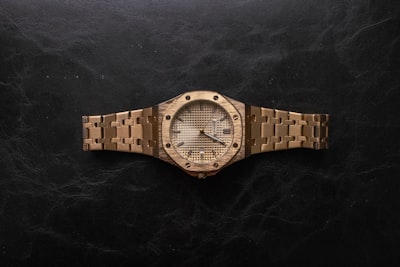
The Audemars Piguet legacy shows how strong family ties, tradition, and a love for watchmaking can last over time. Since the company started in 1875, it has always been owned and led by the founding families. This shows their true loyalty to keeping the brand’s story alive.
Because of this steady leadership, Audemars Piguet is known for its distinct place in the watch industry. It is famous for bold designs, new technologies, and a strong pledge to make high-quality watches.
Crafting Excellence Since 1875
Audemars Piguet started in the Vallée de Joux, Switzerland. It was founded with a love for watchmaking and a goal to innovate. Jules Louis Audemars and Edward Auguste Piguet, the founders, built a strong culture of excellence. This culture has been passed on through generations. Their early watches showed a deep understanding of complex mechanisms and a focus on making high-quality timepieces. This set the tone for the brand’s success.
Today, Audemars Piguet is still one of the few family-owned watch companies in the world, including notable members like Jasmine Audemars. Being independent helps the brand stick to its original values. They focus on quality instead of quantity and honor their heritage. Because of this, Audemars Piguet has loyal fans. Watch collectors and fans admire the brand for its skill, innovation, and lasting style.
The Evolution of Royal Oak
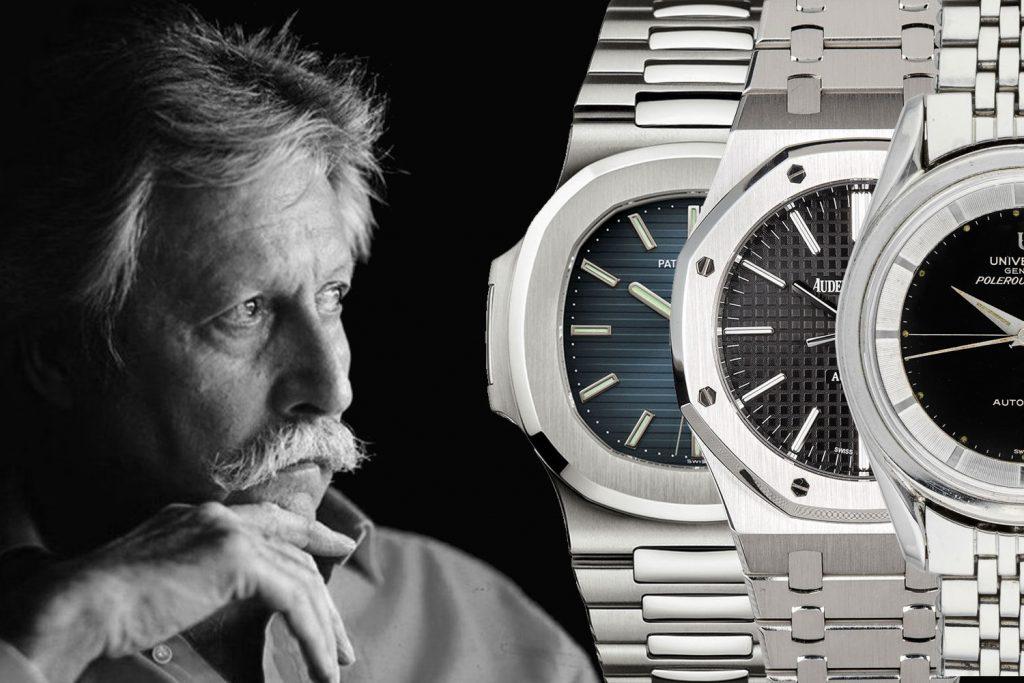
One of the most important gifts from Audemars Piguet to the watch world is the famous Royal Oak. This watch was created by Gérald Genta and came out in 1972. With its unique design and stainless steel, the Royal Oak became a hit right away. It changed the way people thought about luxury watches and started a new time for sporty-chic styles.
The Royal Oak was not just about how it looked; it also captured the feeling of its time. It reached out to a new group of watch fans. Soon, this model gained a strong following and became one of the most famous and wanted luxury watches around the world. The continued popularity of the Royal Oak has helped strengthen Audemars Piguet’s place as a leader in luxury watches and inspired many other watch designs.
The Rich Heritage of the Hayek Family
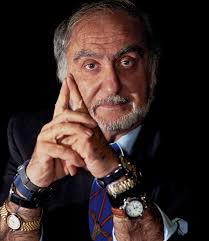
The Hayek family’s journey is closely linked to the growth and success of the Swiss watch industry, including notable brands like Tissot. Nicolas G. Hayek, a leader with a vision, has helped the Swatch Group shape the watch world today. The family’s love for new ideas and respect for old watchmaking traditions has allowed them to adapt to the changes in the market.
With the Hayek family in charge, the Swatch Group has brought back famous watch brands. They also use new technologies and trends to keep Swiss watchmaking leading in watchmaking innovation. Their story is about strength, vision, and a strong desire to carry on the tradition of Swiss watchmaking.
Swatch Group’s Global Influence

Nicolas G. Hayek entered the Swiss watch industry during the quartz crisis in the 1970s. This was a key moment for a struggling sector. He wanted to make Swiss-made watches that were both stylish and affordable. This idea led to the creation of Swatch. The Swatch brand quickly gained global attention. Its success gave new life to the Swiss watch industry. It showed that innovation and good prices could work with traditional craftsmanship.
Under Hayek’s leadership, the Swatch Group formed. This group includes many Swiss watch brands, including Harry Winston and helped the industry grow again. Today, the Swatch Group is led by Nayla Hayek. It has many watch brands that fit different tastes and budgets. You can find everything from stylish Swatch watches to luxurious ones from Breguet and Omega. The Swatch Group influences watchmaking for everyone.
Revolutionizing the Watch Industry
The Hayek family has really changed the watch industry in many ways, not just by bringing back old brands. Nicolas G. Hayek understood that change is important. He also saw that using technology could help the Swiss watchmaking future.
He began working with tech companies to encourage new ideas and keep the Swatch Group leading in technology. He wanted to create new markets for Swiss-made watches and knew that developing economies were becoming more important. So, he changed the group’s plans to take advantage of these opportunities. The Swatch Group’s ability to adapt, bring in new ideas, and keep many brands has been very important for its success. The group still holds a large market share in the global watch industry. This shows how strong the Hayek family’s influence is and how they changed the world of horology.
The Biver Family’s Impact on Luxury Watches
The name Biver may not be linked to a specific brand like other famous names, but his influence in luxury watches is clear. Jean-Claude Biver is a true leader and innovator. He has worked hard to bring back and improve some of the best names in watchmaking.
His strong love for this craft and smart business skills have changed the industry. At brands like Blancpain, Omega, and Hublot, Biver has shown a gift for understanding market trends. He knows what customers want and blends classic watchmaking with new ideas. His journey shows us how vision, hard work, and respect for horology can lead to success.
Jean-Claude Biver’s Visionary Leadership

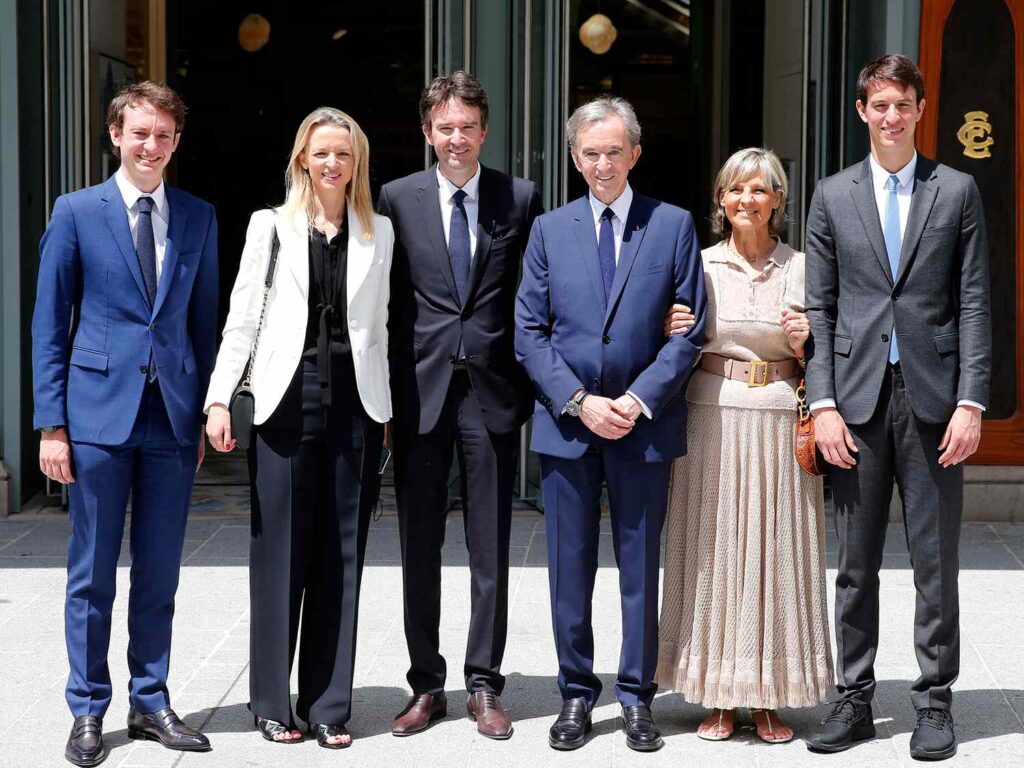
Jean-Claude Biver joined the watch industry in the 1980s as part of the broader Richemont Group. His arrival started a great journey. He helped many struggling watch brands, including the renowned Cartier and Vacheron Constantin, become strong again. As CEO of Blancpain, he saved the brand from disappearing. He made it a respected name in luxury watchmaking again. Biver did the same for Omega. He renewed its image and helped it lead in the Swiss watch market.
Biver’s style was special. He understood the heart of each brand. He had a clear vision for the future. He also told powerful stories. He knew how to connect with customers. He highlighted the history and skill behind each watch. This skill allowed Biver to transform old watch brands into something new. It shows how talented he is in marketing and how much he loves watchmaking.
Innovations That Changed the Game
Biver has not only brought back well-known brands but also changed watchmaking in major ways. He introduced new ideas that impressed watch fans everywhere. While leading the watch division at LVMH, he played a big part in many important changes, making his mark as a leader in the watch world.
Under his leadership, Hublot became famous for its unique designs and the construction of a new manufacture focusing on new materials. The brand mixed old watchmaking skills with modern looks, which appealed to young luxury watch buyers. Biver used bright colors and different materials like ceramic and tantalum, creating bold and daring watches. His impact on watchmaking is clear. Beyond his work in meetings and offices, his love for watches has motivated many new watchmakers and designers, ensuring that his majority stake in the brand contributes to the exciting future of watchmaking, which will be full of possibilities.
The Scheufele Family and Chopard’s Rise

The Scheufele family’s story with Chopard shows how dedication to good craftsmanship, new ideas, and social responsibility can boost a brand’s success. Since they took over the Geneva-based watchmaker in 1963, they have helped Chopard become a respected name in luxury watches and jewelry.
With their guidance, Chopard mixes old watchmaking skills with modern designs. This results in timepieces that not only work well but also look great. Their focus on buying materials ethically and practicing sustainability sets Chopard apart as a responsible leader in the luxury industry.
A Story of Passion and Precision
The journey of the Scheufele family started when Karl Scheufele, a watchmaker from Pforzheim, Germany, saw the promise in Chopard. At that time, Chopard was a small watch and jewels company. He wanted to keep the brand’s Swiss heritage while adding new ideas and a focus on making great watches. Thanks to his leadership, Chopard grew. He invested in skilled workers and modern machines, building the base for the brand’s future success.
Today, Chopard is famous for its high complications. This includes detailed minute repeaters and perpetual calendars. The L.U.C collection, named after Louis-Ulysse Chopard, shows how Chopard excels in traditional watchmaking. It also shows the brand’s commitment to breaking new ground in watch innovation.
Sustainability and Luxury Combined
The Scheufele family leads Chopard not just in watchmaking but also in sustainability and ethical sourcing. They care for the environment and promote responsible luxury. This family-driven commitment has led to big changes that lessen Chopard’s impact on nature and encourage fair practices in the watch and jewelry fields.
Chopard shows its promise to sustainability at every step of making its products. The brand supports fair labor, works with groups focused on ethical gold mining, and looks for new ways to lower its environmental effects. This strong focus on sustainability sets a new goal for the luxury world. It shows that you can craft beautiful timepieces while still holding onto ethical values.
The Role of the Wertheimer Family in Chanel Horlogerie
Chanel is known for luxury fashion and famous perfumes. The brand’s entry into watchmaking is also impressive. The Wertheimer family, who own Chanel, have brought their style of timeless elegance to fine watches. They realized that luxury watches are now important statement pieces and show personal style. Because of this, they have made Chanel Horlogerie a key player in the watch industry.
By forming strong partnerships, creating unique designs, and staying true to the brand’s values, the Wertheimer family has made sure that Chanel watches have the same charm and lasting appeal that helped the brand become a global icon.
Beyond Fashion: A Foray into Timekeeping
Chanel started making watches in the 1980s. Right from the beginning, they understood what their customers wanted. Chanel watches were not just fashion items; they were real timepieces made for people who liked both style and quality. The early watches had classic designs combined with special Chanel features. This included the use of black and white, the famous interlocking C’s, and an emphasis on clean lines with simple elegance.
This strategy worked well with customers. It helped make Chanel a well-respected name in the luxury watch market. The brand focused on quality craftsmanship and used top-notch materials. This meant that their watches were stylish and also reliable. Over the years, Chanel’s watch division has kept pushing limits. They have worked with well-known movement makers to create watches that mix technical skill with the brand’s iconic look.
The J12 Watch: An Icon of Modern Luxury
The J12 watch is one of the most famous timepieces from Chanel Horlogerie. It was launched in the year 2000. The J12 has a sleek ceramic case and a bold design. This watch marked an important moment for the brand. It brought together sportiness and sophistication. Both men and women liked it, and it quickly became popular in the watch world.
The J12 is successful because it is versatile. It can easily go from day to night. It also shows Chanel’s timeless style. Its famous design has led to many versions, with different features, materials, and colors. This solidifies the J12 as a true modern classic. Its lasting appeal has made it a bestseller for Chanel. It remains a key player in the luxury watch market.
The Arnault Family: Fostering Growth at TAG Heuer
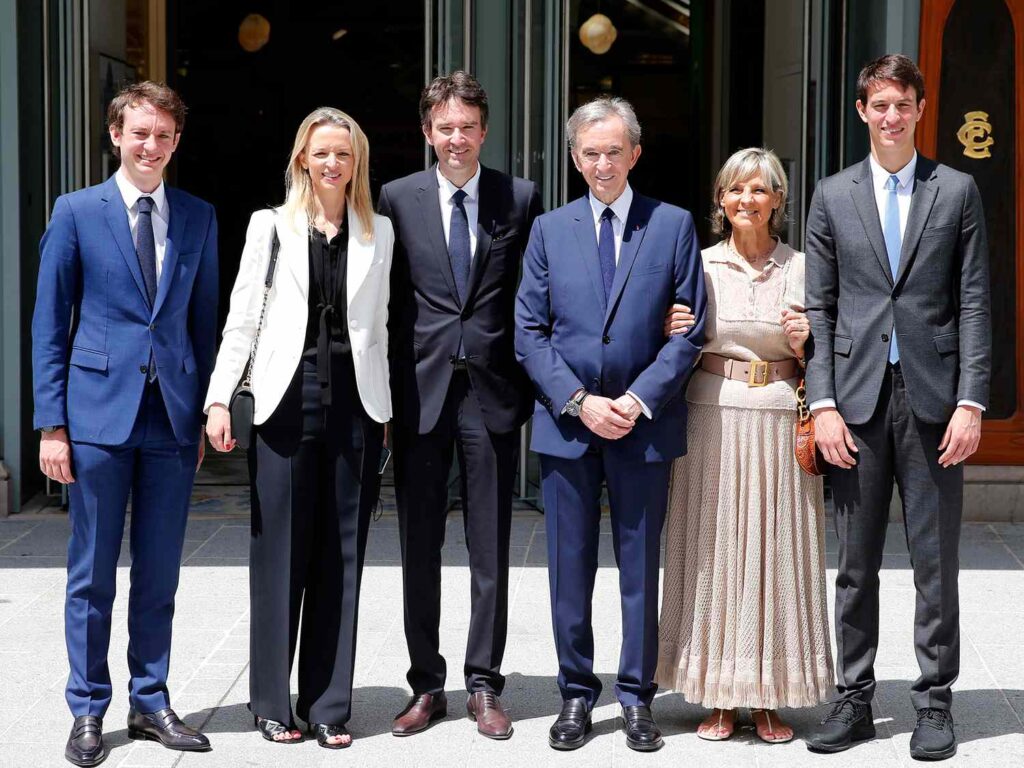
The Arnault family plays a big role in the watch industry through their leadership of LVMH. This luxury group includes many watch brands, one of them being TAG Heuer. With their help, TAG Heuer has changed a lot. It is now a top brand in the luxury sports watch market.
The Arnault family focuses on new ideas, smart marketing, and keeping the brand’s history alive. This has helped TAG Heuer do well around the world. Their way shows that they understand how the watch industry is changing. They are committed to making sure TAG Heuer keeps leading in watch innovation.
Blending Tradition with Modern Technology
The Arnault family has a clear goal for TAG Heuer. They want to respect the brand’s long history while also keeping up with modern technology and design. They have put a lot of money into research and development. This has resulted in new movements and timekeeping technologies that push watchmaking to new limits.
A great example of this is the TAG Heuer Connected watch. This watch mixes classic watchmaking with the latest smartwatch technology. This move shows TAG Heuer’s aim to stay ahead and attract a younger, tech-focused luxury audience. Their skill in combining traditional watchmaking with modern tech is a major reason for TAG Heuer’s recent success.
TAG Heuer’s Contributions to Sports Timing
TAG Heuer has a strong connection to sports, especially motorsports. The Arnault family has seen this link and helped to grow it. This has made TAG Heuer a top name in precise timing. Their work in creating advanced timing tools has improved not only their watches but also influenced competitive sports.
TAG Heuer’s timing devices have played a key role in memorable moments in sports history. They show the brand’s focus on precision and accuracy in measuring time. This commitment to sports timing has bolstered TAG Heuer’s image. It has also secured its place as a leader in watchmaking and more.
Rolex and the Hans Wilsdorf Foundation
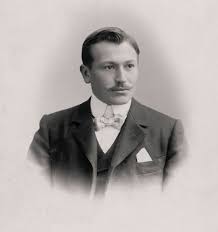
Rolex is special in the watch industry. Its legacy is carefully protected by the Hans Wilsdorf Foundation. This foundation was set up by Hans Wilsdorf, the founder of Rolex. It helps keep Rolex independent and focused on quality.
The foundation cares about giving back, especially in science, arts, and exploration. This shows Wilsdorf’s values and his wish to make a positive difference in the world. This unique setup helps Rolex stay true to what Wilsdorf wanted. They are driven by a commitment to precision, innovation, and always getting better.
Preserving the Legacy of Hans Wilsdorf
Hans Wilsdorf was a true leader in the world of watchmaking, much like Richard Mille has been in recent years. He greatly affected the industry by creating standards of precision and trust that still define Rolex today, much like IWC Schaffhausen does with its own timepieces. He was born in Germany in 1881, and he loved watches from a young age. This passion took him to Switzerland, the center of watchmaking. In 1905, he started his own watch company in London. It was renamed Rolex in 1908.
Wilsdorf worked hard to make his watches precise. He got his watches certified as chronometers. This raised the bar for accuracy in the whole industry. He wanted to make watches that could handle tough conditions. His strong desire for quality and belief in new ideas still motivate Rolex today. This keeps the brand linked with high quality, precision, and classic design.
Innovations and Philanthropy
Rolex’s history is built on amazing new ideas that changed the watch industry. In 1926, they created the world’s first waterproof wristwatch, the Oyster. They also made the Perpetual rotor, which is a self-winding mechanism. Rolex is known for pushing what’s possible in watchmaking.
These game-changing innovations came from Wilsdorf’s strong vision and the brand’s dedication to being the best. Because of this, Rolex has become a leader in luxury watches and has greatly influenced horology, the study of watches.
Besides making great watches, Rolex is also famous for its giving. The Hans Wilsdorf Foundation, set up by Wilsdorf, helps many charitable causes. It focuses on keeping up excellence, promoting knowledge, and growing the entrepreneurial spirit. This strong commitment to helping society is part of Rolex’s identity, making sure the brand’s impact goes well beyond just watches.
The Fossil Group: A Modern Watch Empire
The Fossil Group tells a great story about creativity and fresh ideas in the watch world. Tom Kartsotis founded the company in 1984, aiming to make stylish fashion watches. They quickly gained popularity with their fun and affordable designs. This success allowed Fossil to grow into a strong player in the global watch industry.
The story of Fossil shows how they adapt and understand market trends well. They are now important in both the regular watch market and the fast-changing smartwatches. Their method focuses on having many brands and designs, reaching a wide variety of customers.
Kosta Kartsotis and the Making of a Global Brand
Tom Kartsotis is the founder of Fossil Group. He made a big mark on the watch industry. He brought a new view and understood what consumers wanted. Kartsotis had a background in import-export. He saw a chance to sell watches that looked good and were easy to buy. In 1984, he and his brother, Kosta, started Fossil. They focused on importing and selling watches that were inspired by old American styles.
Fossil quickly caught people’s eyes because of its unique style, come-back designs, and affordable prices. The brand offered many different types of watches. It also packed them in creative ways and worked hard to build a strong image. As Fossil grew, the Kartsotis brothers made smart choices and added leather goods, sunglasses, and other fashion pieces to their lineup. Fossil became a name people trusted for affordable luxury and won a big share of the watch industry.
Embracing Smartwatches and Digital Innovation
The Fossil Group, like the watch industry, faced big changes with the growth of smartwatches and wearable technology. To keep up, the company changed its plans. They focused on digital innovation while staying true to their main values of style, accessibility, and innovation. Under the guidance of Kosta Kartsotis, Fossil made smart buys and investments. They added wearable technology to their brand while still offering their well-loved traditional watch designs.
The company found a good balance, attracting different customers with different tastes and tech needs. This smart approach helped the Fossil Group succeed in the world of smartwatches. By welcoming digital changes and adjusting to what customers want, Fossil has established itself as a strong player in both the traditional watch market and the smartwatch market.
The Influence of Independent Watchmakers
Independent watchmakers play an important role in the watchmaking world. While big watch families and global names impact the industry, these small makers offer something special. They have a love for what they do. They also want to step away from traditional ways.
These independent watchmakers bring new ideas and often unusual approaches to making watches. They are committed to making their products by hand. They like to try new materials and methods too. Their passion helps add a lively and vibrant spirit to the art of watchmaking.
The Role of Families in Nurturing Talent
Independent watchmaking often starts in a family business. In these small workshops, skills are carefully passed down through the years. Here, a passion for the craft grows. These families not only teach important techniques but also create a space where creativity and a strong desire for perfection flourish.
In these family-run ateliers, every detail gets personal attention. Their focus on quality is hard to match in bigger factories. The impact of these families goes beyond their own work. They also act as mentors, inspiring the next wave of independent watchmakers.
Success Stories from the Independent Scene
The independent watchmaking world is full of exciting success stories. These stories show the passion, creativity, and hard work that define this special part of watchmaking. One great example is F.P. Journe. This brand was started by François-Paul Journe, a talented watchmaker known for his skills and love for traditional methods. His watches are famous for being technically complex and beautifully designed, earning him a top spot among independent watchmakers.
Another inspiring story is MB&F. This brand breaks the rules of watchmaking by making watches that look like modern sculptures instead of typical timepieces. For the first time, founded by Maximilian Büsser, MB&F teams up with many skilled artisans and watchmakers. They all come together to create unique and eye-catching watches, paying tribute to the artistry of traditional watchmaking. These success stories show how passion, creativity, and a dedication to quality help independent watchmakers thrive. They attract collectors and fans with their unique ideas and amazing craftsmanship.
Conclusion
In looking at famous watchmaking families, we see a story filled with hard work, new ideas, and lasting legacies. Each family tells a unique tale about time itself. The Stern family creates luxury watches, while the Hayeks have made a mark around the world. The Bivers lead with new visions, and the Scheufeles mix tradition with care for the planet. The Wertheimers go beyond just fashion with Chanel Horlogerie. The Arnaults help TAG Heuer grow and improve. Rolex keeps Hans Wilsdorf’s memory alive, and the Fossil Group welcomes new digital trends. Independent craftsmen also keep traditions strong, showing talent passed down through many years. As we look at these important names in the watch industry, we see the lasting dedication to fine workmanship that shapes the rich history of watchmaking.
Frequently Asked Questions
Who is considered the father of modern watchmaking?
Abraham-Louis Breguet was a Swiss watchmaker in Paris. He is known as the father of modern watchmaking. His inventions changed the field. Some of these inventions include the tourbillon, the pare-chute shock absorption system, and the Breguet overcoil. These designs still amaze people and are honored in watchmaking today.
How do family-owned watch brands compete with corporate giants?
Family-owned watch brands stand out because they stick to their roots, craftsmanship, and exclusivity. They usually produce a small number of watches and create one-of-a-kind designs. They also build strong relationships with their customers. This gives buyers a special experience that big corporate brands find hard to match.
What role does heritage play in the value of a luxury watch?
Heritage is very important when it comes to the value of a luxury watch. This is especially true for brands that have a rich history in Swiss watchmaking. A brand’s legacy and its focus on quality craftsmanship play a big part in making its watches desirable and valuable.
Can independent watchmakers rival the influence of established family brands?
Independent watchmakers work on a smaller scale, but they play a big role in the watch industry. Their creativity and desire to try new things drive them to make amazing timepieces. This inspires both well-known family brands and new watchmakers. Together, they are shaping the future of horology.
How has digital innovation impacted traditional watchmaking families?
Digital innovation has created challenges and chances for traditional watchmaking families. Many have welcomed new technology. They add smartwatch features to their watches. They also use digital tools to improve their design and production. However, they still keep the traditions of their craft.
https://en.wikipedia.org/wiki/American_Waltham_Watch_Company_Historic_District
https://patents.google.com/patent/US484176
https://www.iwc.com/us/en/watches-and-wonders/portugieser-novelties.html#dune
https://www.europastarjewellery.com
https://www.watchtime.com/featured/who-owns-what-a-guide-to-the-watch-groups
https://charlesmartinwatchcompany.com/blog/a-guide-to-the-ownership-of-luxury-watch-brands
https://www.watchfinder.com/articles/feature-who-owns-the-biggest-watch-brands-

Leave a Reply